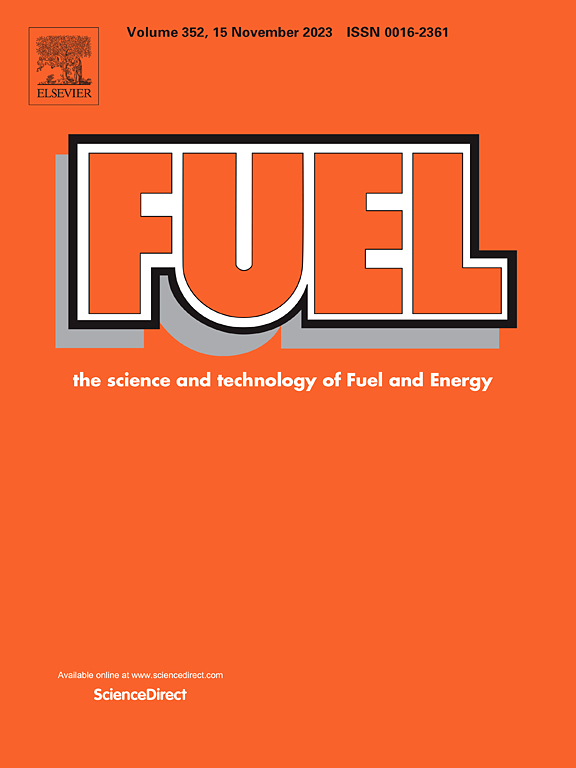Research on the distribution characteristics of a novel oil displacement system for conformance control in microporous media
IF 6.7
1区 工程技术
Q2 ENERGY & FUELS
引用次数: 0
Abstract
This study aims to investigate the distribution characteristics of a novel hydrogel system (HDS) for in-depth conformance control. Through a combination of static gelation experiments and core flow experiments, the thickening performance and seepage characteristics in porous media of the novel HDS system was studied. Considering the viscosity changes and dynamic chain extension reactions of the HDS system, the Darcy-Brinkman-Stokes (DBS) micro-continuum approach was applied to develop a multi-physical mathematical model for the migration of HDS system in a pore-throat network. Therefore, a 4-meter core experiment and multi-scale numerical modeling were conducted to analyze the dynamic chain extension efficiency and spatial distribution characteristics of the HDS system. Additionally, machine learning techniques were used to define the dynamic chain extension reaction index (RI) and identify its critical threshold, exploring the effects of varying injection parameters, solution concentrations, and permeabilities on the chain extension behavior. Results show that HDS molecular chains form aggregated structures that evolve into a unique spatial network. As the network structure becomes denser, the viscosity of HDS system increases rapidly. As the core permeability increases, the core throat size enlarges, and the compatibility between the HDS system molecular aggregates and the pore throat improves. HDS system shows good transmission performance during migration in the long core. Numerical simulations and machine learning techniques were employed to define the dynamic chain extension RI, examining how RI changes under varying injection parameters, solution concentrations, and permeabilities. As permeability, HDS system concentration, and injection rate increase, the RI also increases. The results are presented in the RI graph, offering theoretical insights for deep profile adjustment and the development of reagent systems.

求助全文
约1分钟内获得全文
求助全文
来源期刊

Fuel
工程技术-工程:化工
CiteScore
12.80
自引率
20.30%
发文量
3506
审稿时长
64 days
期刊介绍:
The exploration of energy sources remains a critical matter of study. For the past nine decades, fuel has consistently held the forefront in primary research efforts within the field of energy science. This area of investigation encompasses a wide range of subjects, with a particular emphasis on emerging concerns like environmental factors and pollution.
 求助内容:
求助内容: 应助结果提醒方式:
应助结果提醒方式:


